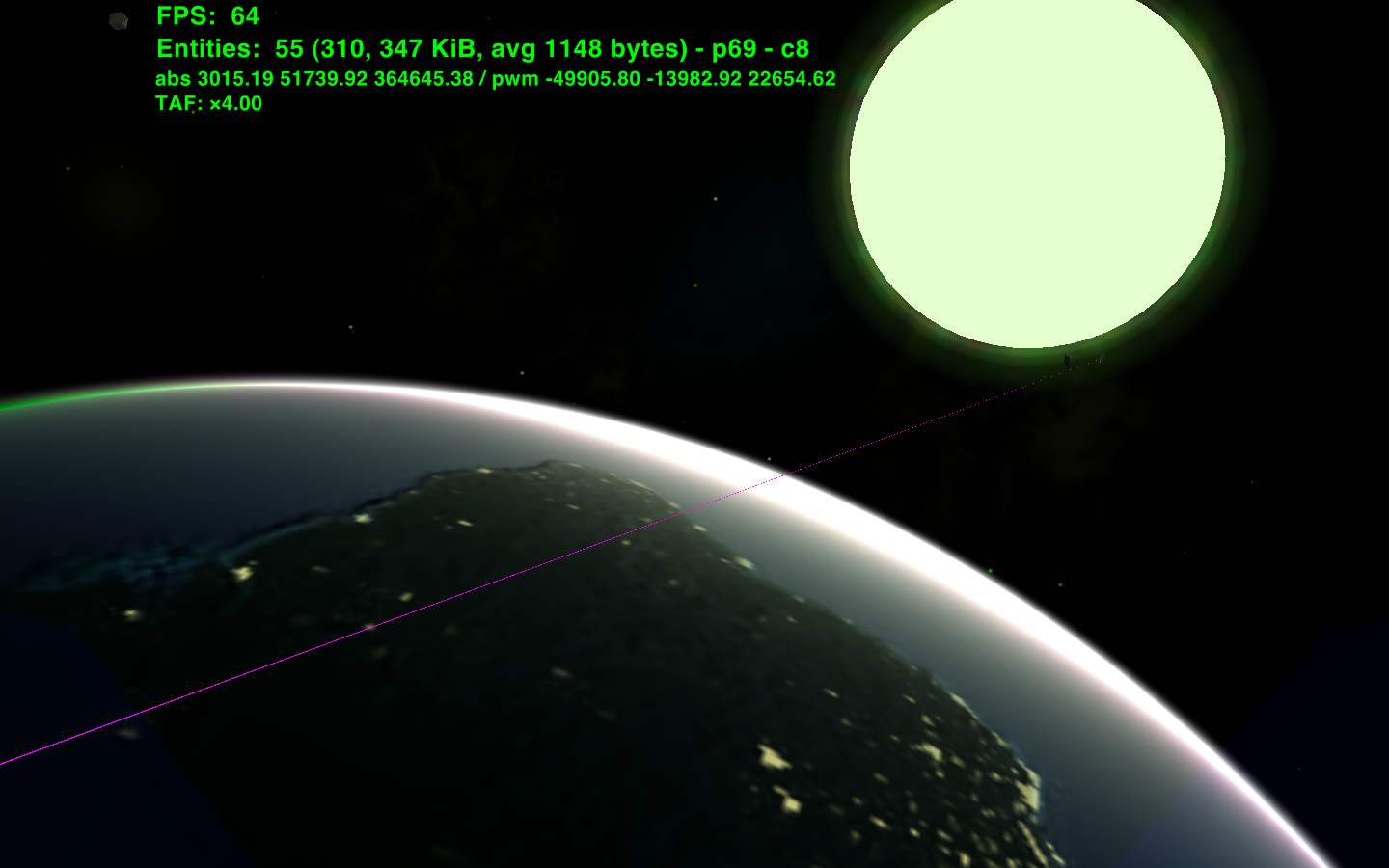

Note that this URL will only work when both Celestia and the Cenote Add-on are installed. Or you can visit this CelestiaURL: Cenote. You can then visit YTS 23 to find Cenote.
#OOLITE ADDONS DOWNLOAD#
Simply download Cenote.Zip into your extras file in Celestia, (note: this will replace some pre-existing files in the OA Addons file if you already have downloaded other Orion's Arm addons). More recently the Hypogeans have largely departed to join other hider clans in the outskirts of various nearby systems but some few remain, either as willing hosts to curious and adventurous tourists, or (it is rumoured) delving ever deeper into the bedrock of the planet. When a curious transapient Dominion Luminary from the local Prefecture joined the search, and employed microscopic explorer devices resembling oolite grains, these defences were finally breached, and contact was made with the isolated society within this labyrinthine world. Often a fleet of threadbots would be dispatched to search for the truth behind the legends, but the Hypogeans used a number of largely autonomous counter-surveillance mechanisms to deactivate these devices. These hiders remained undetected for nearly a thousand years, although they were the source of many legends and tales. Some of the caves were so difficult to gain access to that they were known only to a few in time these secret caves became home to a society of Hiders, the Hypogeans, who used geothermal energy and mined hydrocarbons to survive without interacting with the outside world. Some of this oil was used to make polymer products for export: oil-based plastics are quite unusual in the Solar Dominion, and such items have a certain novelty value. Large deposits of oil and gas were also found, all remnants of the ancient and largely vanished biosphere. As the population of Cenote increased, new, artificial caverns were excavated, some filled with salt and or fresh water, and some dry to house the surface dwellers. Gaping Ghyll City is located in the mouth of a collapsed cave structure near the equatorĮlsewhere they found dry caves with giant crystalline deposits, or massive stalactites deposited over millions of years. With such devices they discovered many large and deep caverns, often filled with the salt water of the oceans with a layer of fresh water on top separated by a distinct halocline. The Cenoteans developed a number of different exploration probes which could be operated remotely in restricted spaces, including microscopic threadbots which could enter minute fissures. Tens of thousands of cubic kilometres of cave were surveyed, much of it by the explorers themselves, but large parts of the underground world remained inaccessible. Only a few remained on the surface, working to increase the oxygen level and constructing small cities carved into the karst for the next wave of colonists who would arrive once the wormhole opened. The pioneers were fascinated by the cave system and most requested that they be incarnated as water breathing humans so that they could dedicate themselves to exploring and mapping the underground world of the caves. The planet was given the name Cenote, in reference to a much smaller cave system described in records of Old Earth. The Solar Dominion long distance linelayer Yucatan arrived in 7107 with a micro wormhole and a small cargo of digitised colonists, who were to be given new bodies on arrival. Some of this precipitation remained on the planetary surface, forming lakes and wide rivers but much of the water found its way underground into the innumerable limestone cave systems in the extensive karst landscapes. Salty seas covered just under a third of the planet, but the atmosphere held enough water vapour to allow rainfall. Over time this would be absorbed by the crust, leaving only nitrogen and argon. The ecology of the planet collapsed when the phytocoral died back, and the world was almost lifeless when the first explorers arrived from the Solar Dominion.ĭespite having a minimal biosphere, the atmosphere had a respectable oxygen component of 10%. But tectonic activity eventually shut down, and the carbon dioxide level in the atmosphere fell too low to support photosynthesis. Additionally, large amounts of reduced carbon in the form of kerogen were deposited in the sedimentary rocks, leading to a gradual decrease of carbon dioxide in the planet's atmosphere. The original atmosphere, predominantly carbon dioxide, was removed over a period of more than a billion years and many sedimentary layers of limestone were deposited. This world, somewhat older than the Earth, once supported a biosphere mostly consisting of calcareous algae. Postgaian, terraformed to Campian Subtype


 0 kommentar(er)
0 kommentar(er)
